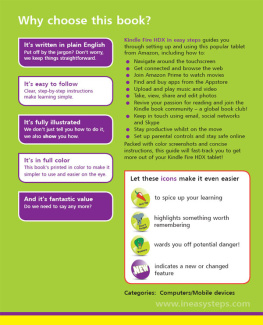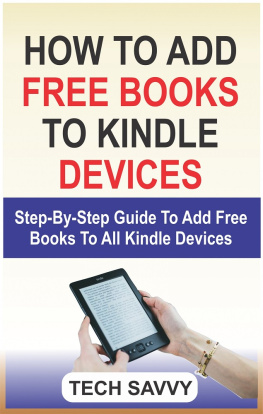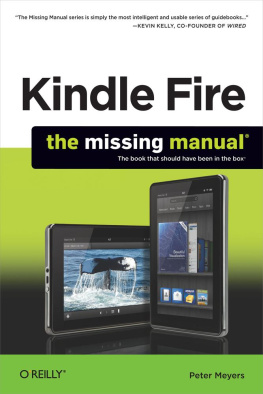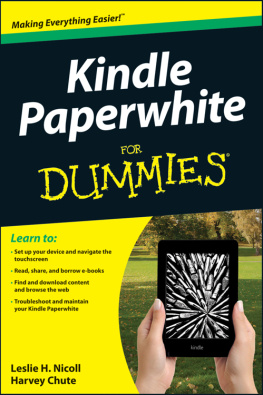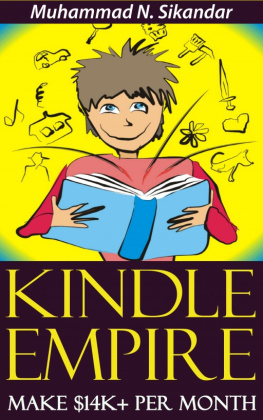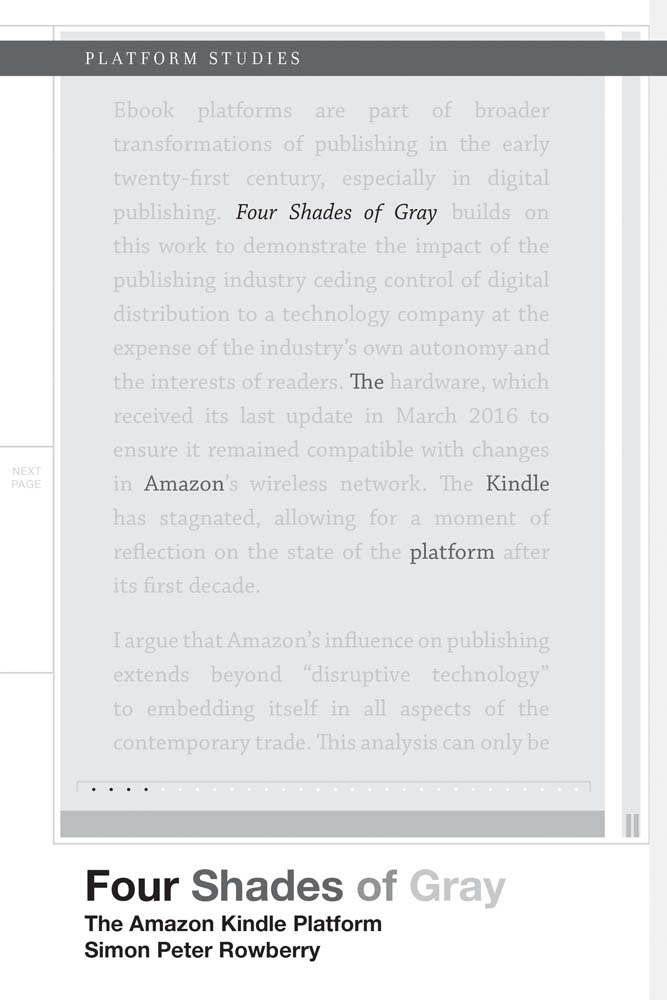
Four Shades of Gray
Platform Studies
Nick Montfort and Ian Bogost, editors
Racing the Beam: The Atari Video Computer System, Nick Montfort and Ian Bogost, 2009
Codename Revolution: The Nintendo Wii Platform, Steven E. Jones and George K. Thiruvathukal, 2012
The Future Was Here: The Commodore Amiga, Jimmy Maher, 2012
Flash: Building the Interactive Web, Anastasia Salter and John Murray, 2014
I AM ERROR: The Nintendo Family Computer / Entertainment System Platform, Nathan Altice, 2015
Peripheral Vision: Bell Labs, the S-C 4020, and the Origins of Computer Art, Zabet Patterson, 2015
Now the Chips Are Down: The BBC Micro, Alison Gazzard, 2016
Minitel: Welcome to the Internet, Julien Mailland and Kevin Driscoll, 2017
Super Power, Spoony Bards, and Silverware: The Super Nintendo Entertainment System, Dominic Arsenault, 2017
The Media Snatcher: PC/CORE/TURBO/ENGINE/GRAFX/16/CDROM2/SUPER/DUO/ARCADE/RX, Carl Therrien, 2019
Who Are You? Nintendos Game Boy Advance Platform, Alex Custodio, 2020
Four Shades of Gray: The Amazon Kindle Platform, Simon Peter Rowberry, 2022
Four Shades of Gray
The Amazon Kindle Platform
Simon Peter Rowberry
The MIT Press Cambridge, Massachusetts London, England
2022 Simon Peter Rowberry
All rights reserved. No part of this book may be reproduced in any form by any electronic or mechanical means (including photocopying, recording, or information storage and retrieval) without permission in writing from the publisher.
The MIT Press would like to thank the anonymous peer reviewers who provided comments on drafts of this book. The generous work of academic experts is essential for establishing the authority and quality of our publications. We acknowledge with gratitude the contributions of these otherwise uncredited readers.
Library of Congress Cataloging-in-Publication Data
Names: Rowberry, Simon Peter, author.
Title: Four shades of gray : the Amazon kindle platform / Simon Peter Rowberry.
Description: Cambridge, Massachusetts : The MIT Press, [2022] | Series: Platform studies | Includes bibliographical references and index.
Identifiers: LCCN 2021013279 | ISBN 9780262543507 (paperback)
Subjects: LCSH: Kindle (Electronic book reader) | Electronic book readers. | Electronic books.
Classification: LCC Z286.E43 R689 2022 | DDC 004.1675dc23
LC record available at https://lccn.loc.gov/2021013279
d_r0
Contents
How can someone create a breakthrough game for a mobile phone or a compelling work of art for an immersive 3D environment without understanding that the mobile phone and the 3D environment are different sorts of computing platforms? The best artists, writers, programmers, and designers are well aware of how certain platforms facilitate certain types of computational expression and innovation. Likewise, computer science and engineering have long considered how underlying computing systems can be analyzed and improved. As important as scientific and engineering approaches are, and as significant as work by creative artists has been, we also have much to learn from the sustained, intensive, humanistic study of digital media. We believe it is time for humanists to seriously consider the lowest level of computing systems and their relationship to culture and creativity.
The Platform Studies series has been established to promote the investigation of underlying computing systems and of how they enable, constrain, shape, and support the creative work that is done on them. The series investigates the foundations of digital mediathe computing systems, both hardware and software, that developers and users depend on for artistic, literary, and gaming development. Books in the series will certainly vary in their approaches, but they will all share certain features:
- A focus on a single platform or a closely related family of platforms
- Technical rigor and in-depth investigation of how computing technologies work
- An awareness and discussion of how computing platforms exist in a context of culture and society, being developed on the basis of cultural concepts and then contributing to culture in a variety of waysfor instance, by affecting how people perceive computing
Four Shades of Gray was greatly strengthened by thoughtful suggestions from colleagues including Daniel Allington, Greg Barnhisel, Giles Bergel, Kathi Inman Berens, Chiara Bernardi, Karen Boyle, Inga Bryden, Dorothy Butchard, Eddy Borges-Rey, Daniel Boswell, Nick Canty, Laura Dietz, Beth Driscoll, Toke Riis Ebbesen, Carolin Esser-Miles, Andrew Ferguson, Molly Flatt, Simon Frost, Danielle Fuller, Alan Galey, Matt Hayler, Richard Haynes, Leslie Howsam, Matthew Kirschenbaum, Anouk Lang, Marcus Leaning, Fran Mason, John Maxwell, Tom Mole, Jim Mussell, Sarah Mygind, Simone Murray, Naomi Nelson, Corinna Norrick-Rhl, Stephen Pihlaja, Melanie Ramdarshan-Bold, Padmini Ray Murray, Staci Rowlison, Jonathan Rose, Matt Rubery, Mark Sample, Matt Schneider, Greg Singh, Claire Squires, Bronwen Thomas, Whitney Trettien, and Maria Velez Serna. Julian McAuley generously shared his Amazon data set with me.
The research was supported by a semester of research leave at the University of Stirling in autumn 2018 and a SHARP-RBS grant to attend the Born Digital Materials: Theory and Practice course at Rare Book School. Archival research at Stanford and the Computer History Museum was supported by generous funding from the Bibliographical Society of America and a Carnegie Trust Research Incentive Grant. My argument also benefited from feedback during invited talks at the Media History Seminar, the University of Edinburghs Centre for the History of the Book, and UCLs Department of Information Studies, as well as conference papers at SHARP, By the Book, NUI Galway, Digital Humanities 2014, The Reader in Stylistics, Digital Reading Network, Society for Textual Scholarship, The Book in the Digital Age, and Resurrecting the Book.
This research would not have been possible without the help of librarians and archivists. The interlibrary loan departments at the Universities of Southampton, Stirling, and Winchester were supportive in locating material. Aurora Tucker and Sydney Olson were instrumental in providing me access to the Computer History Museums archive materials, both written and machine. The whole team at Stanford Universitys Special Collections was exceptionally helpful, including Tim Noakes and Leif Anderson.
I am also grateful for the support from MIT Press, from Nick Montfort and Ian Bogosts helpful early suggestions on improving my proposal through to Liz Agresta, Susan Clark, Bill Henry, Doug Sery and Noah Springers support in turning the manuscript into a book. The three anonymous reviewers helpful suggestions have ensured the final book is much stronger.
Parts of chapter 1 previously appeared in Ebookness, Convergence 23, no. 3 (2015): 289305; and sections of chapter 7 appeared in Commonplacing the Public Domain: Reading the Classics Socially on the Kindle, Language and Literature 25, no. 3 (2016): 211225, which both appear with kind permission from SAGE. Sections of chapter 7 were previously published as The Limits of Big Data for Analyzing Reading, Participations 16, no. 1 (2019): 237257, an open-access journal.
This book would not exist without the support and kindness of Marina, Michaela, Chris, Karen, Hannah, Will, Ellie, Pam, and Geoff.
Next page


